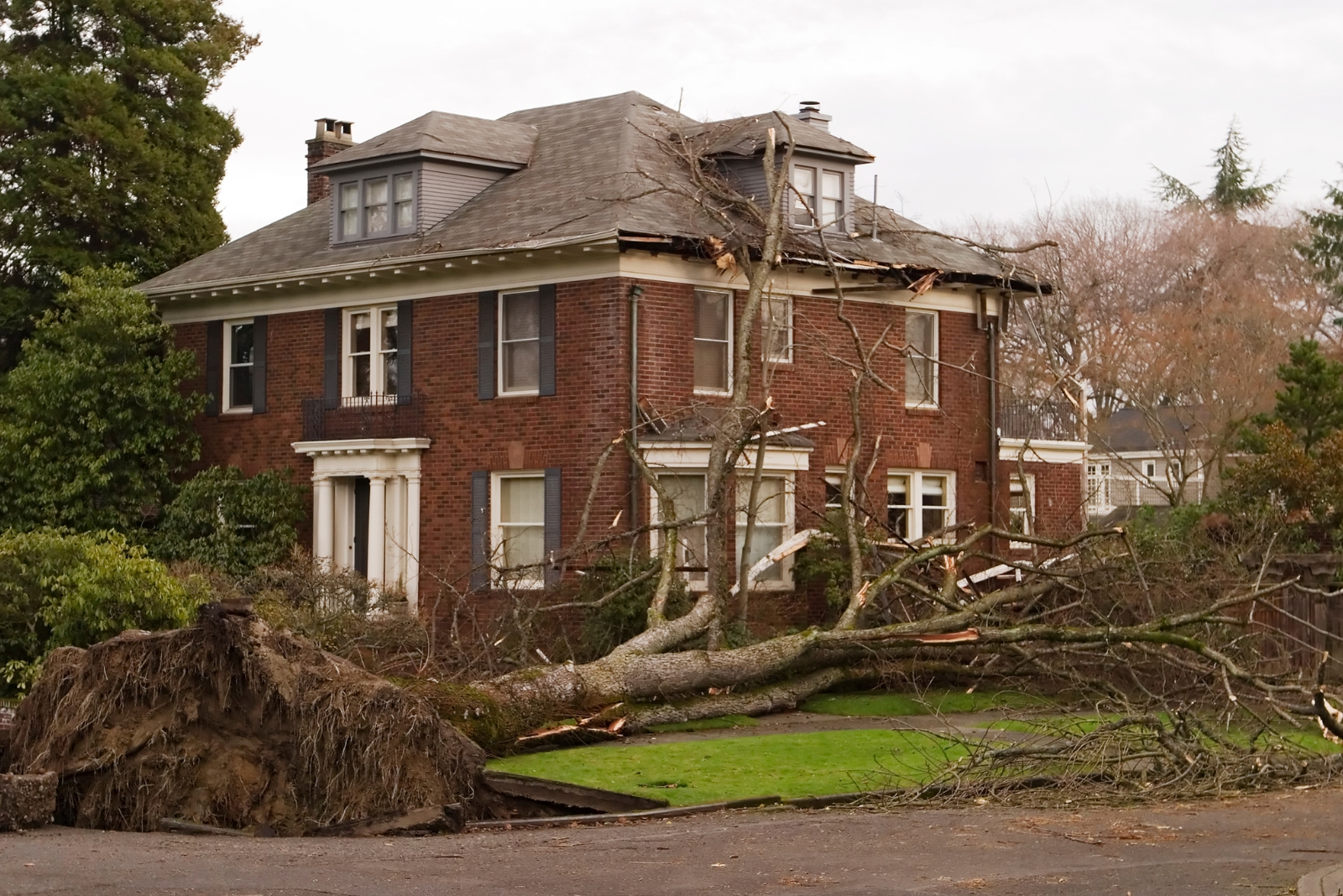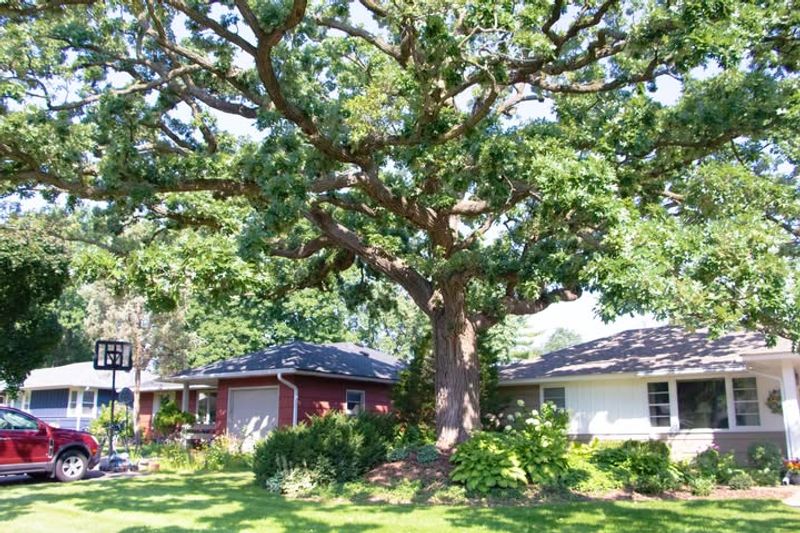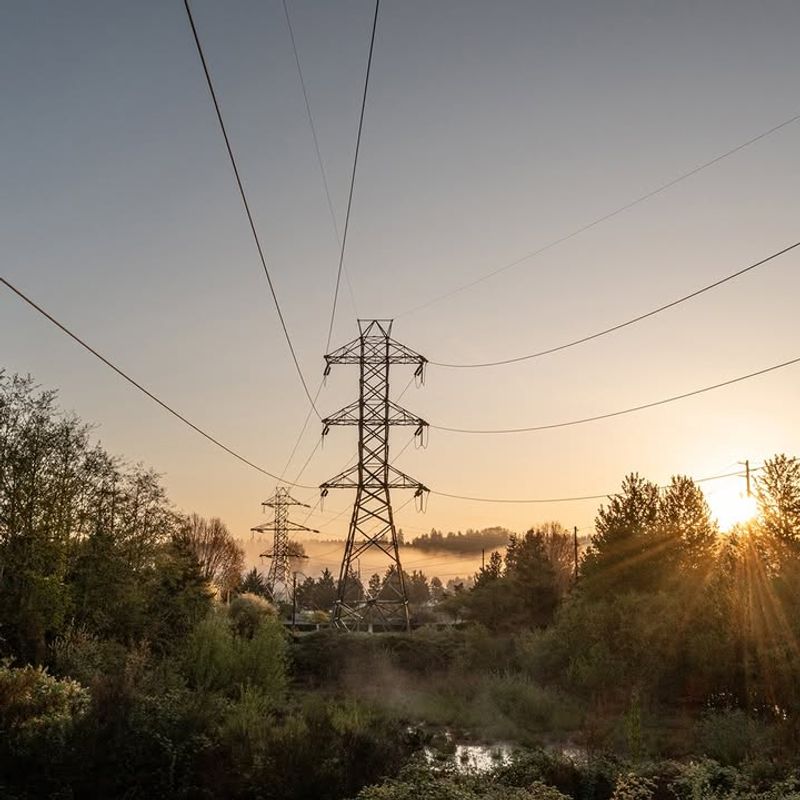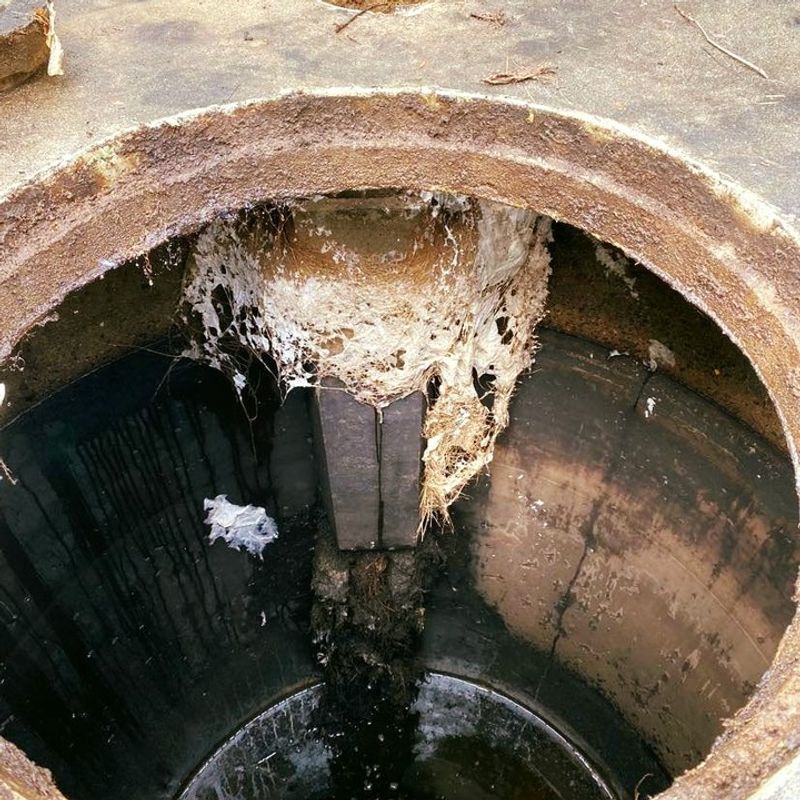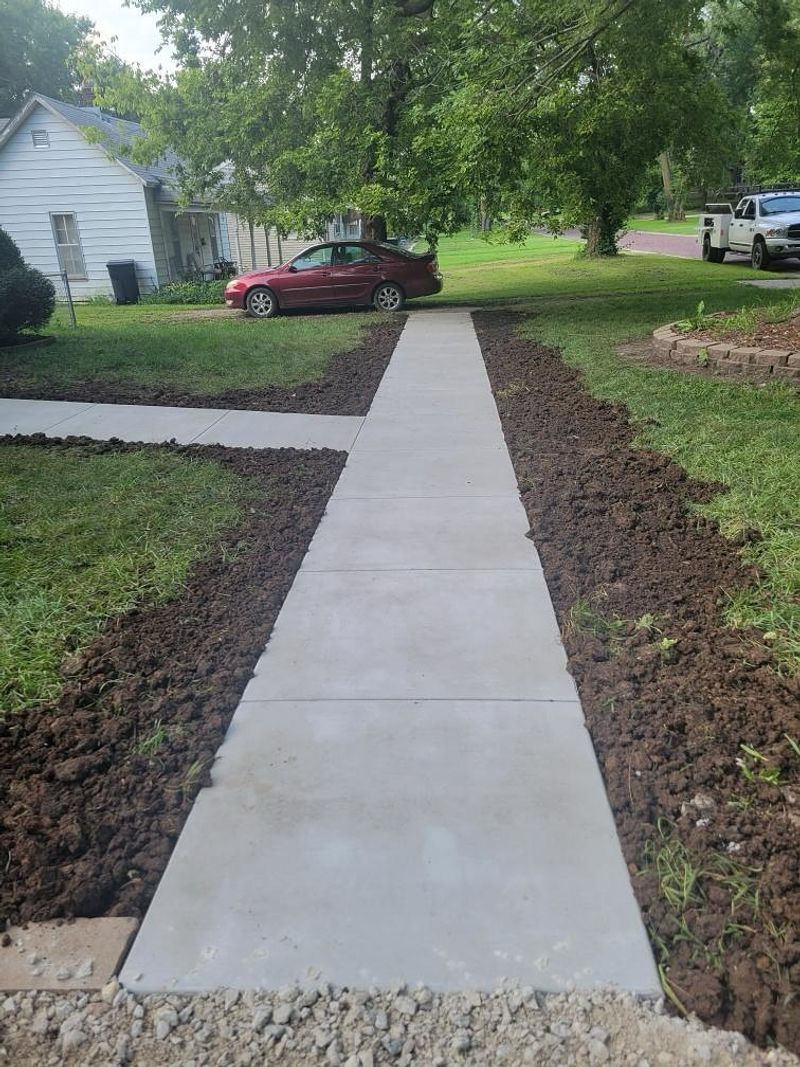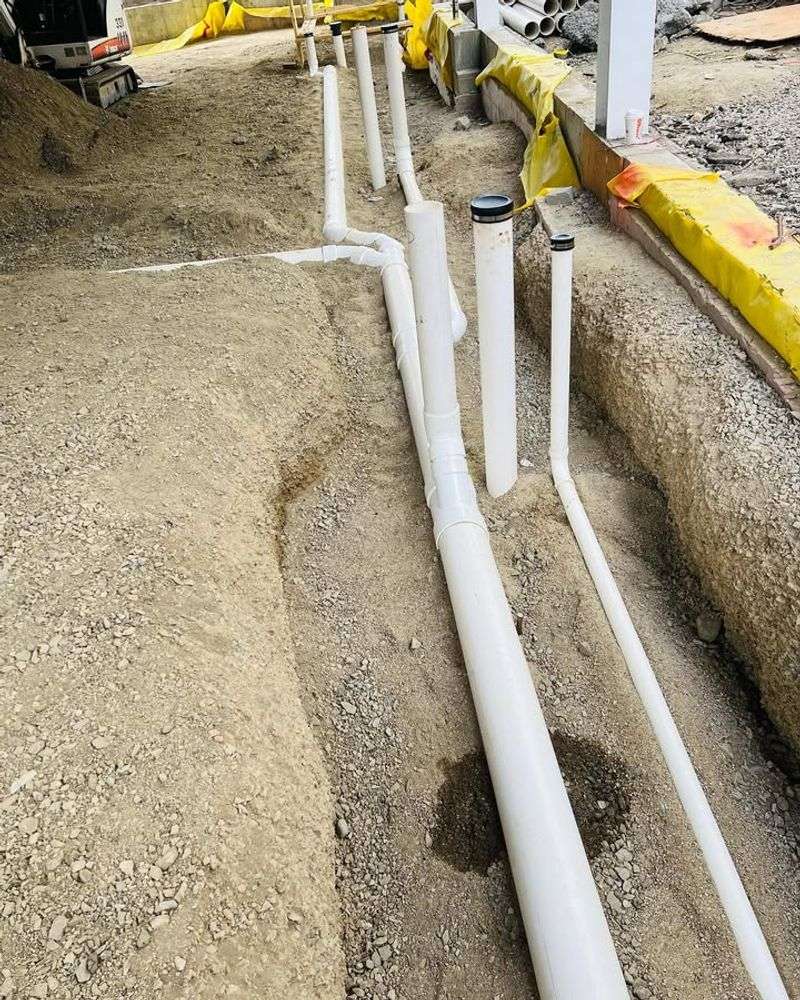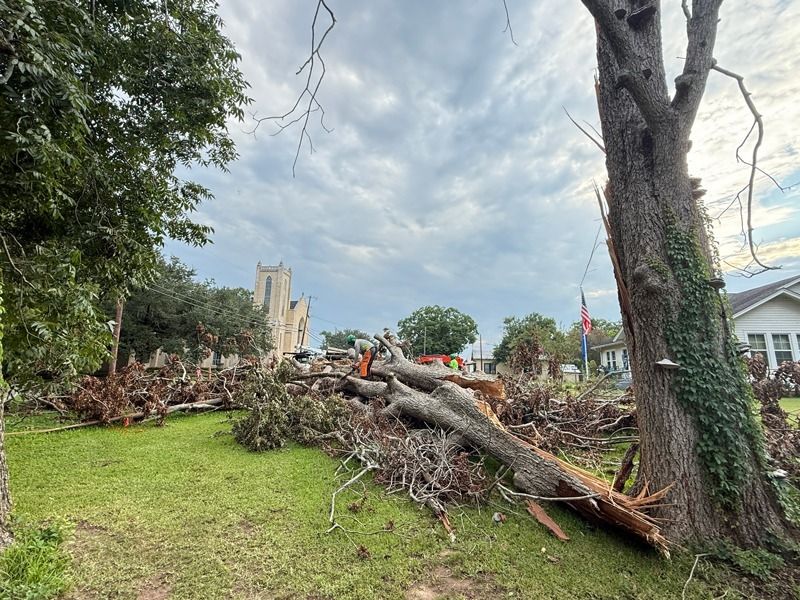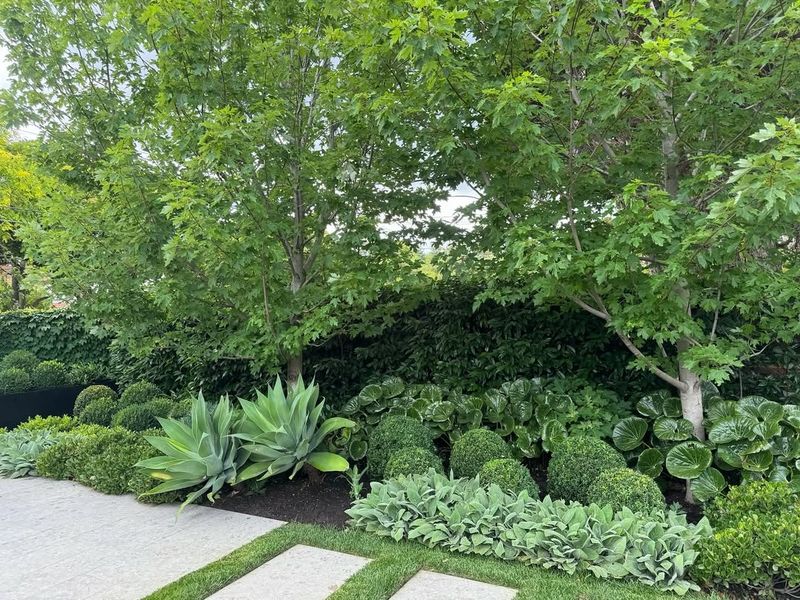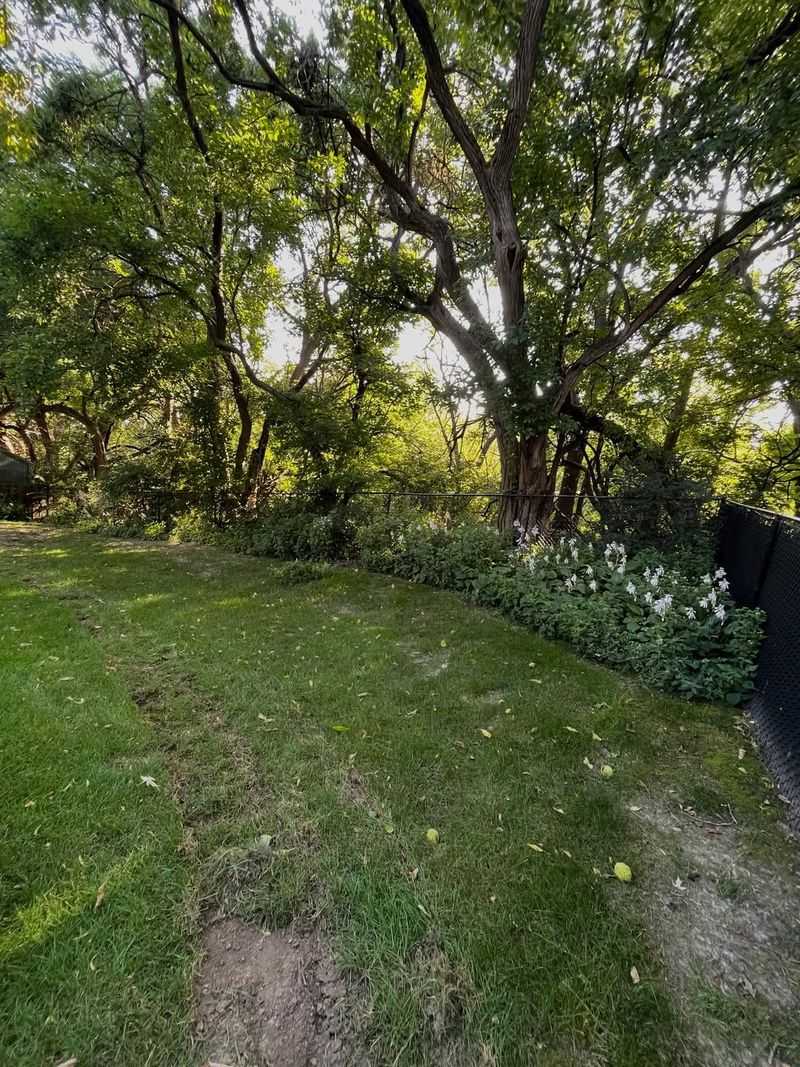Planting trees in your Pennsylvania yard adds beauty and value, but choosing the wrong spot can lead to big problems down the road. Trees planted in poor locations might damage your property, struggle to grow, or create safety hazards.
Local experts have identified several places where you should think twice before digging that hole for your new maple or oak.
1. Too Close To Your Home’s Foundation
Root systems can extend far beyond a tree’s canopy, potentially causing foundation cracks as they search for water. Many Pennsylvania homeowners discover this costly mistake after tree roots infiltrate tiny foundation cracks and expand them.
Most experts recommend keeping trees at least 15-20 feet from your home, with larger species needing even more distance. Native Pennsylvania trees like oaks and maples have particularly aggressive root systems that demand respect and space.
2. Under Power Lines
Pennsylvania’s weather extremes make trees under power lines a recipe for disaster. During ice storms or heavy snow, branches can snap and take down electrical lines, causing dangerous outages across neighborhoods.
Utility companies spend millions annually trimming trees planted in these zones, often resulting in oddly shaped or unhealthy specimens. Smart gardeners choose low-growing ornamentals like dogwoods or redbuds instead when planting near overhead utilities.
3. Over Septic Systems
Tree roots naturally seek water sources, making your septic field an irresistible target. Once roots infiltrate septic lines, they create blockages that can cost thousands to repair.
Pennsylvania’s clay-heavy soils already challenge many septic systems without adding root pressure. Keep trees at least 50 feet from septic tanks, drain fields, and sewer lines.
Willows, silver maples, and American elms are particularly problematic due to their water-seeking root systems.
4. Close To Sidewalks And Driveways
Ever tripped on a buckled sidewalk? Blame tree roots! As trees mature, their expanding root systems push upward, cracking concrete and creating tripping hazards.
Pennsylvania’s freeze-thaw cycles make this problem even worse as water seeps into tiny cracks, freezes, and expands. Municipal codes often hold homeowners responsible for sidewalk repairs, leading to unexpected expenses.
Plant trees at least 4-6 feet from hardscaped areas to prevent future headaches.
5. Near Underground Utilities
Gas lines, water pipes, and internet cables run throughout Pennsylvania yards, creating invisible danger zones for tree planting. One misplaced tree can disrupt service to entire neighborhoods when roots eventually encounter these lines.
Pennsylvania law requires calling 811 before digging to mark underground utilities. Some homeowners skip this crucial step, leading to damaged infrastructure.
Even with proper marking, keep trees at least 5-10 feet from underground lines.
6. Wet Areas With Poor Drainage
Pennsylvania’s varied topography creates natural low spots where water collects after heavy rains. While some moisture-loving species might survive these conditions, most trees develop shallow, unstable root systems in waterlogged soil.
Trees with compromised roots become hazardous during Pennsylvania’s strong summer thunderstorms. Instead of forcing trees to tolerate poor drainage, consider rain gardens with native wetland plants that thrive in soggy conditions.
7. Beneath Existing Mature Tree Canopies
The dappled shade beneath Pennsylvania’s majestic oaks and maples might seem inviting, but it’s actually tree territory already claimed. Young saplings planted here compete for limited water, nutrients, and sunlight against established giants.
The dense canopy blocks essential rainfall, while extensive root networks leave little untapped soil resources. Most new trees planted in these conditions become stunted or die within a few years.
Choose shade-tolerant shrubs instead if you need understory plantings.
8. Property Boundary Lines
Boundary disputes between neighbors rank among the most common property conflicts in Pennsylvania. Trees planted directly on property lines become shared assets – and shared problems when maintenance or removal becomes necessary.
As they grow, branches and roots inevitably cross into neighboring yards, creating potential liability issues. Pennsylvania law has specific provisions about tree responsibility that many homeowners discover too late.
Keep trees at least 5 feet from property lines to maintain neighborly relations.

